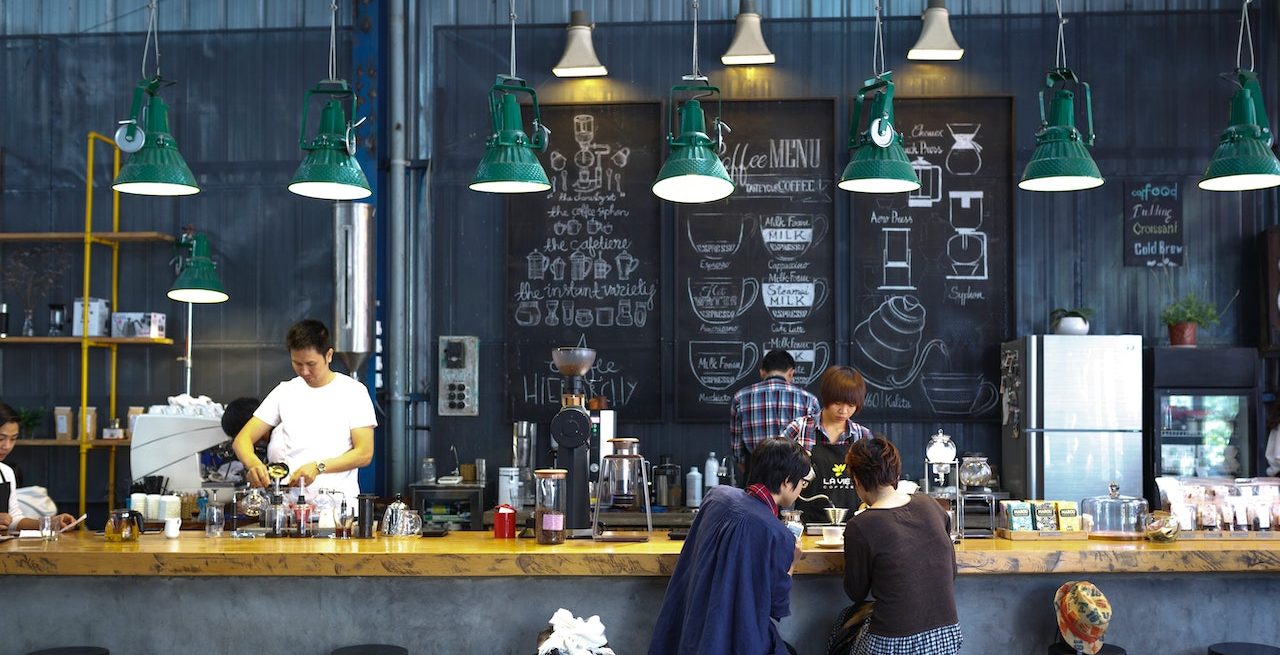Three Ways Technology Can Help Restaurants Navigate the Challenges of Inflation
4 Min Read By Nicole Leisle
Just as restaurants were on the path toward recovery after COVID-19 closures and safety restrictions, the current economic conditions continue to present challenges for the industry. Rising inflation has impacted businesses for the better part of the year, leading many to modify their menus and increase prices in the face of higher ingredient costs.
But restaurants face a fine balance in increasing costs, as customers are also impacted by the realities of inflation. Recent surveys are showing the vast majority of Americans have been cutting back on dining out. For those who do go out, a worrying 40 oercent of diners believe they are receiving less value from restaurants compared to previous times.
These numbers may be troubling, but to address these issues, restaurants must focus on providing the best service they can within their budgets. While many diners understand the tough times restaurants are going through, they are also feeling their dollars stretch and want to see the value of their money reflected in the food and service they receive. Just as with COVID shutdowns and supply chain issues, restaurant technology can help operators continue providing great service even with high costs for them and customers alike.
Adopt In-House Technology to Improve Service and Reduce Errors
It is of critical importance right now that restaurants give customers every reason to return, and reduce every possible risk that might keep them from coming back. When customers are paying higher prices but wait a long time for their order or receive the wrong items, it casts a more negative impression on their experience and can keep them from visiting again. That’s why it’s important for restaurants to utilize technology that helps the kitchen keep track of orders and reduces the chances of slow service and errors.
A point-of-sale (POS) system can streamline the ordering and preparation processes, making it easier to improve service even during peak service. By using a POS system, customers, waiters and cashiers reduce their chances of errors when entering orders. When combined with a kitchen display system, those orders go back to the kitchen with consistently transcribed instructions, which can be displayed through tickets or on a screen, and even be automatically directed to the correct station.
All these steps are smoothed out, leading to a more seamless preparation process that reduces the cost of errors and provides a quicker, more satisfying experience for customers. They can also help “patch” restaurants through tough shifts, such as when they’re understaffed. Tightening service with the use of a POS system can let customers see the full value of what they’re paying, making it a valuable investment for restaurants in return.
Put Loyalty Rewards Into Customers’ Hands with a Branded Mobile App
Another way to increase the value of customers’ dining experience and increase return visits is to provide loyalty rewards with a custom, restaurant-branded mobile application. Mobile apps are effective tools for easy, direct-to-customer marketing that keep restaurants in customers’ minds at home and on the go. Taking advantage of the loyalty programs built into an app lets customers spend savvy while patronizing a restaurant more frequently.
There are a few ways that restaurants can provide loyalty rewards for customers who have downloaded their app. One way is to provide promo codes that can be used when ordering on the app, offering discounts or free items with their meal. Another is a virtual “punch card” that provides similar rewards after a set number of visits. Restaurants can also send push notifications that let customers know about ongoing deals, like Taco Tuesday or special brunch menus.
The benefits of a branded mobile app with built-in loyalty programs can help restaurants during these tough times. It addresses customer needs while providing endless opportunities for marketing that meets the customer wherever they are. All it takes is letting customers know about the mobile app and the perks of downloading it — app developers often provide materials that restaurants can place on the premises and that allow customers to download it with just a QR code. And maybe incentivizing the download — how about a free appetizer the first time they use the app?
Consider Expanding Delivery Options in Your Market
Many restaurants adopted delivery services out of necessity in 2020. For those who still haven’t, it’s worth reconsidering now as inflation impacts customer travel and spending. Gas prices directly impacted nearly half of consumers in their decision on if, when and where to dine — yet more recent data from third-party delivery providers shows that food delivery was overall more popular this year than last. Inflation of gas prices has provided a unique consideration for customers who want to eat out but now have to consider the costs of travel.
With these conditions in mind, restaurants should determine if expanding delivery services makes sense for their operations and market. Things to consider include regional cost of gas, average traffic conditions, and a restaurant’s distance from workplaces and residential areas. Additionally, restaurants can decide if they want to use third-party delivery services or build up their own — POS systems and branded mobile apps can both make it easier to integrate one or both into operations.
Reduce Operational Costs and Increase Revenue with Easy Tech Solutions
Restaurants have been through major hardships the past few years, but technology solutions have helped many stay the course and continue serving customers. As we currently navigate our way through inflation and its various impacts on the industry, technology is available to make it all the easier for restaurants to attract customers and streamline operations. These solutions are helping all different types of restaurants reduce costs and bring in more revenue — how can technology serve you?


